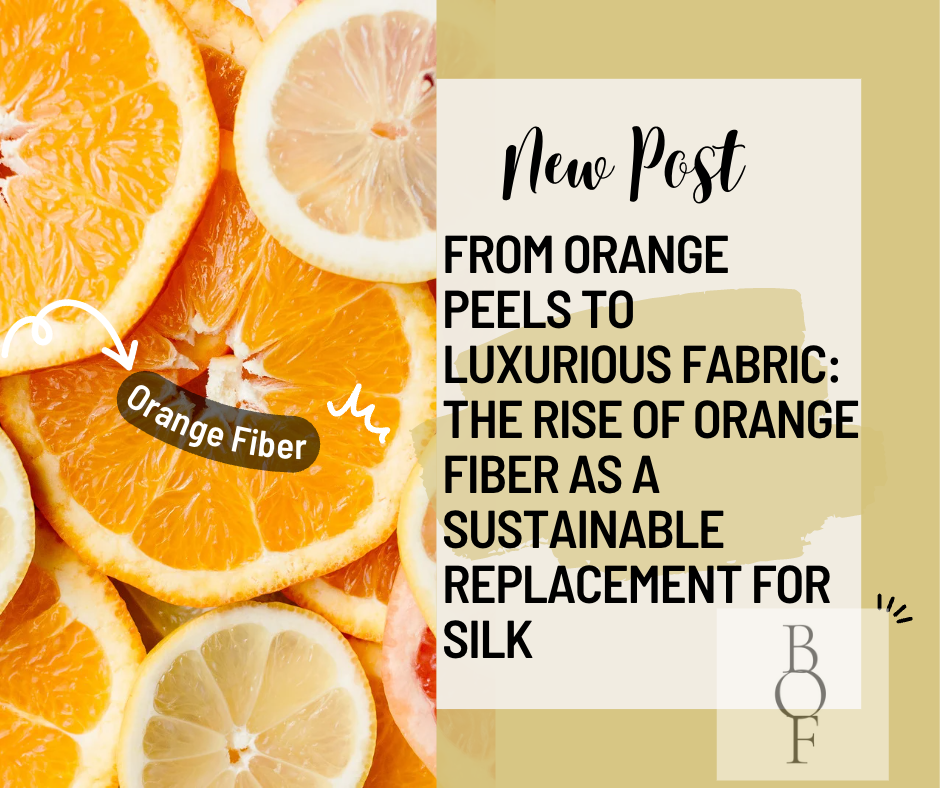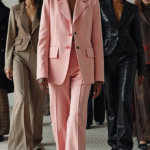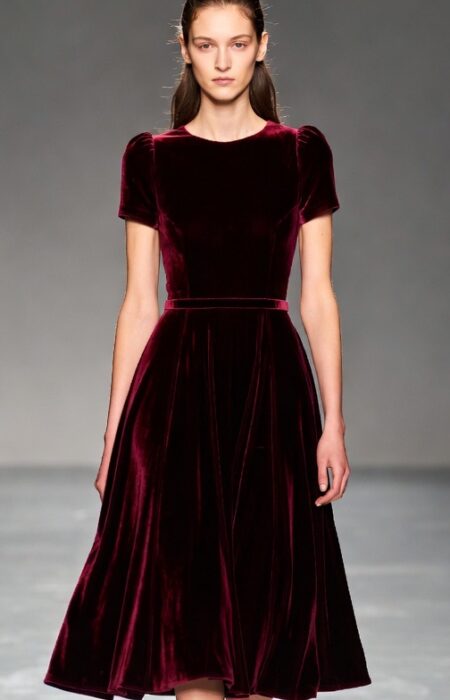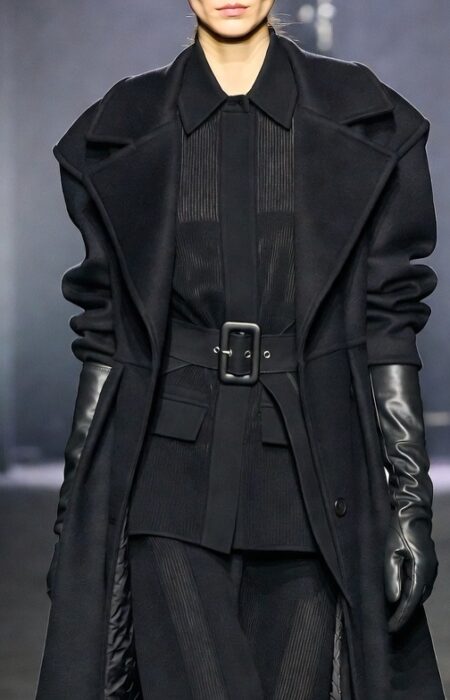
Silk has been a luxury fabric for centuries, prized for its softness, sheen, and durability. However, it is also one of the most environmentally damaging materials to produce. The silkworms that produce silk require a lot of resources, and the process of harvesting the silk can be cruel and painful for the worms. In recent years, there has been growing interest in finding alternative materials that can replace silk. One such material is orange fiber, a new textile made from the byproducts of the orange juice industry.
Orange fiber is the brainchild of two Italian women, Adriana Santanocito and Enrica Arena, who were looking for a way to reduce the waste produced by the orange juice industry. They discovered that the peels and pulp left over from the juicing process contained a high amount of cellulose, a natural polymer that can be used to make fibers. After much experimentation, they were able to create a textile that was soft, lightweight, and had a silky feel.
One of the main advantages of orange fiber over silk is its sustainability. The production of orange fiber requires no additional resources beyond those already used in the orange juice industry. In fact, it helps to reduce waste by utilizing materials that would otherwise be discarded. Additionally, orange fiber is biodegradable, which means that it will break down naturally over time and not contribute to the buildup of non-biodegradable waste.
Another advantage of orange fiber is its versatility. It can be used to make a wide variety of products, including clothing, accessories, and even furniture. It has been used by high-end fashion brands such as Salvatore Ferragamo and H&M in their collections, proving that it can be a viable alternative to silk in the fashion industry.
In terms of quality, orange fiber is comparable to silk. It has a soft and smooth texture that is pleasant to the touch, and it drapes well, making it ideal for use in clothing. It is also moisture-wicking, which means that it can absorb and release moisture, making it comfortable to wear in a variety of temperatures.
Of course, orange fiber is not without its challenges. One of the main obstacles to its widespread adoption is its cost. Currently, it is more expensive to produce than silk, which means that it is not yet competitive in terms of price. However, as production methods improve and demand increases, it is likely that the cost of orange fiber will come down.
In conclusion, orange fiber is a promising alternative to silk that offers a sustainable and versatile option for the fashion industry. While it is still in its early stages of development, it has already garnered interest from major fashion brands and has the potential to become a significant player in the textile industry. As consumers become more conscious of the environmental impact of their choices, orange fiber may become an increasingly attractive option for those looking for sustainable and ethical fashion choices.









